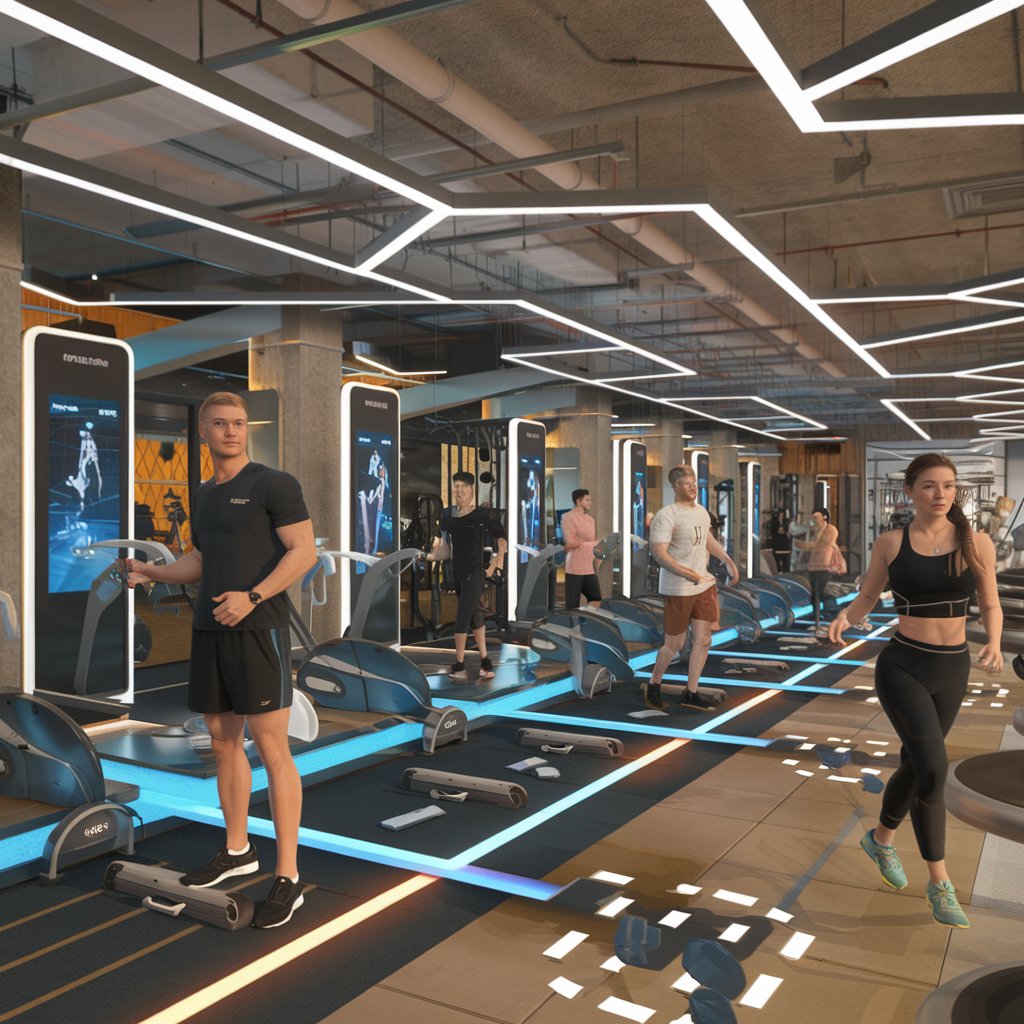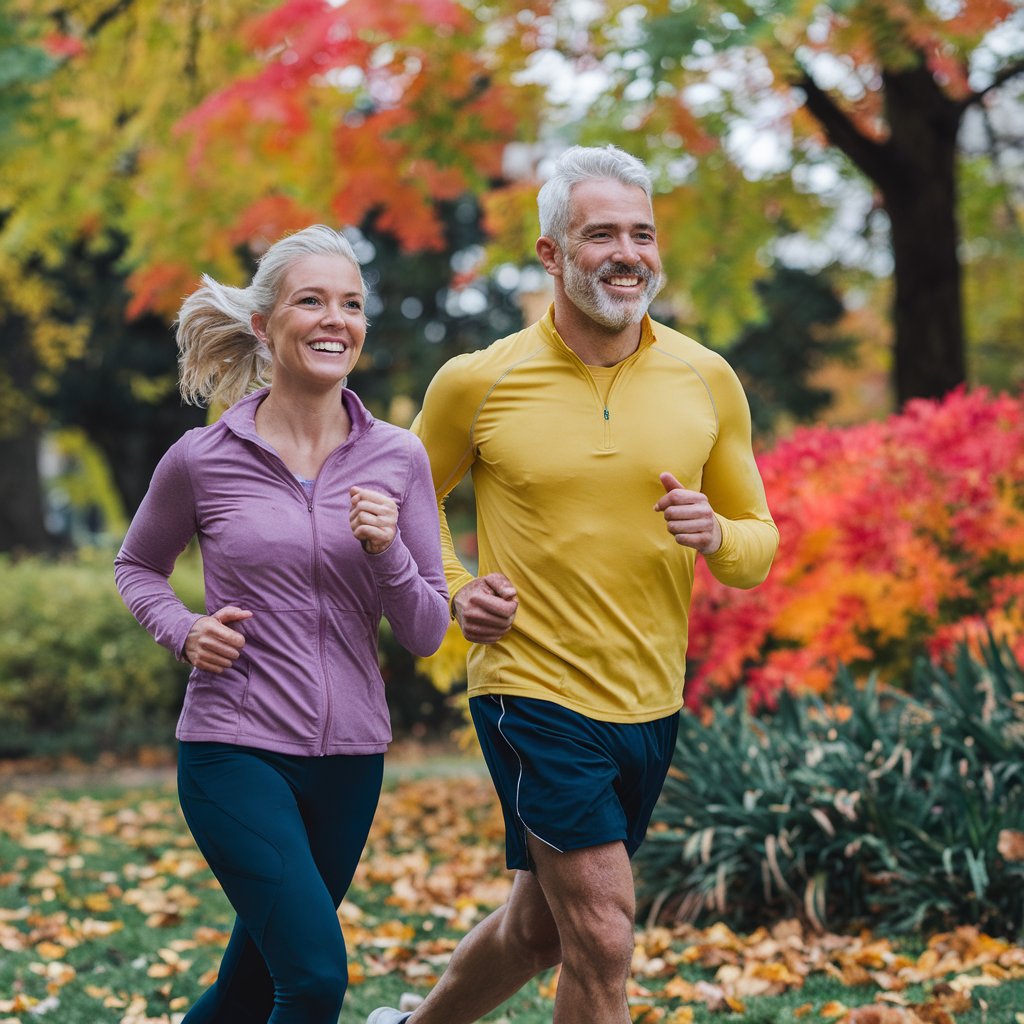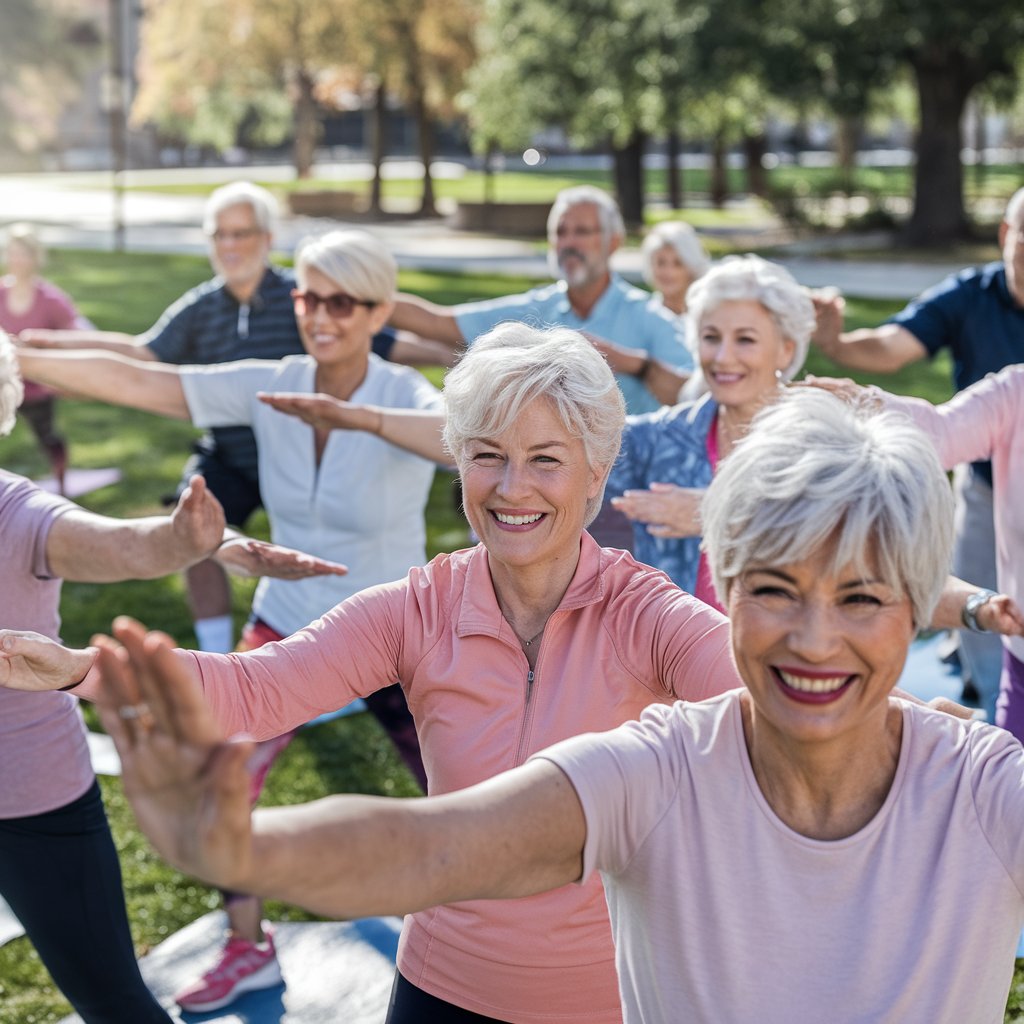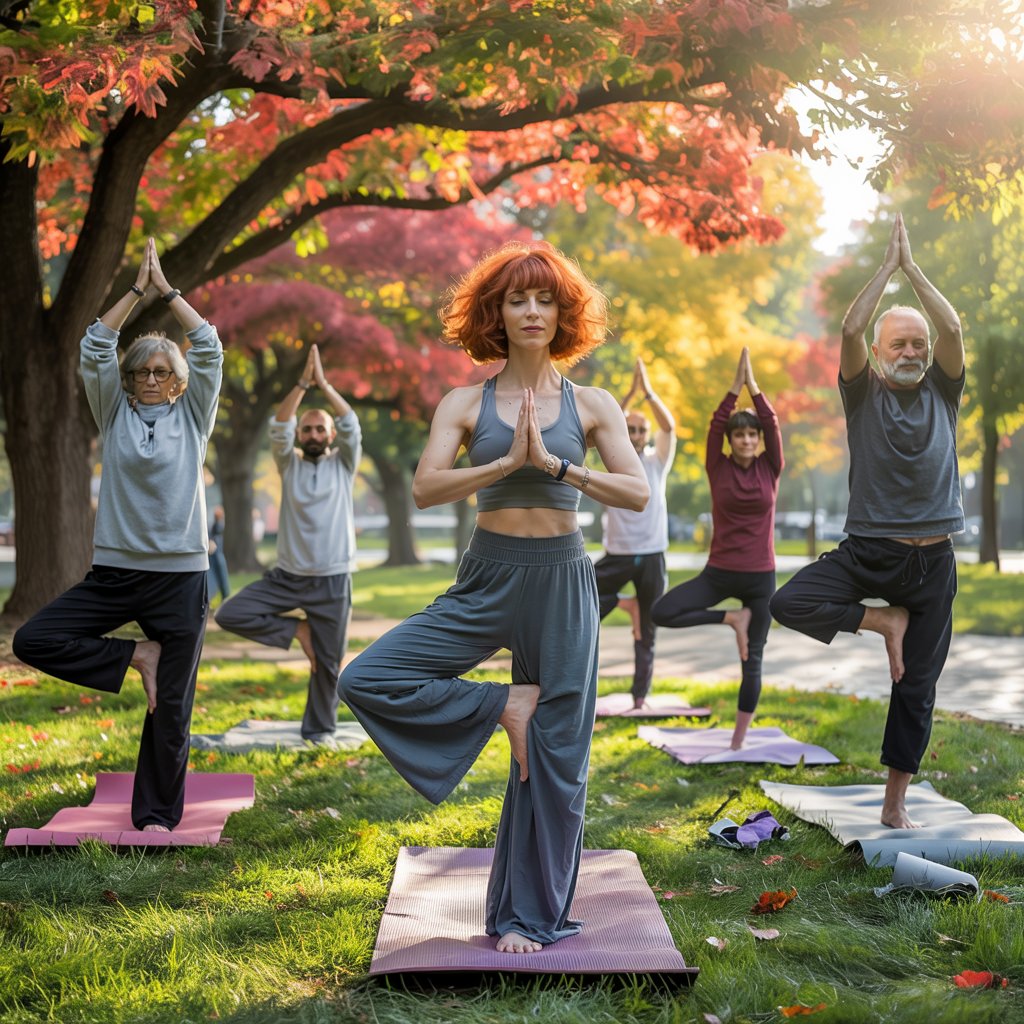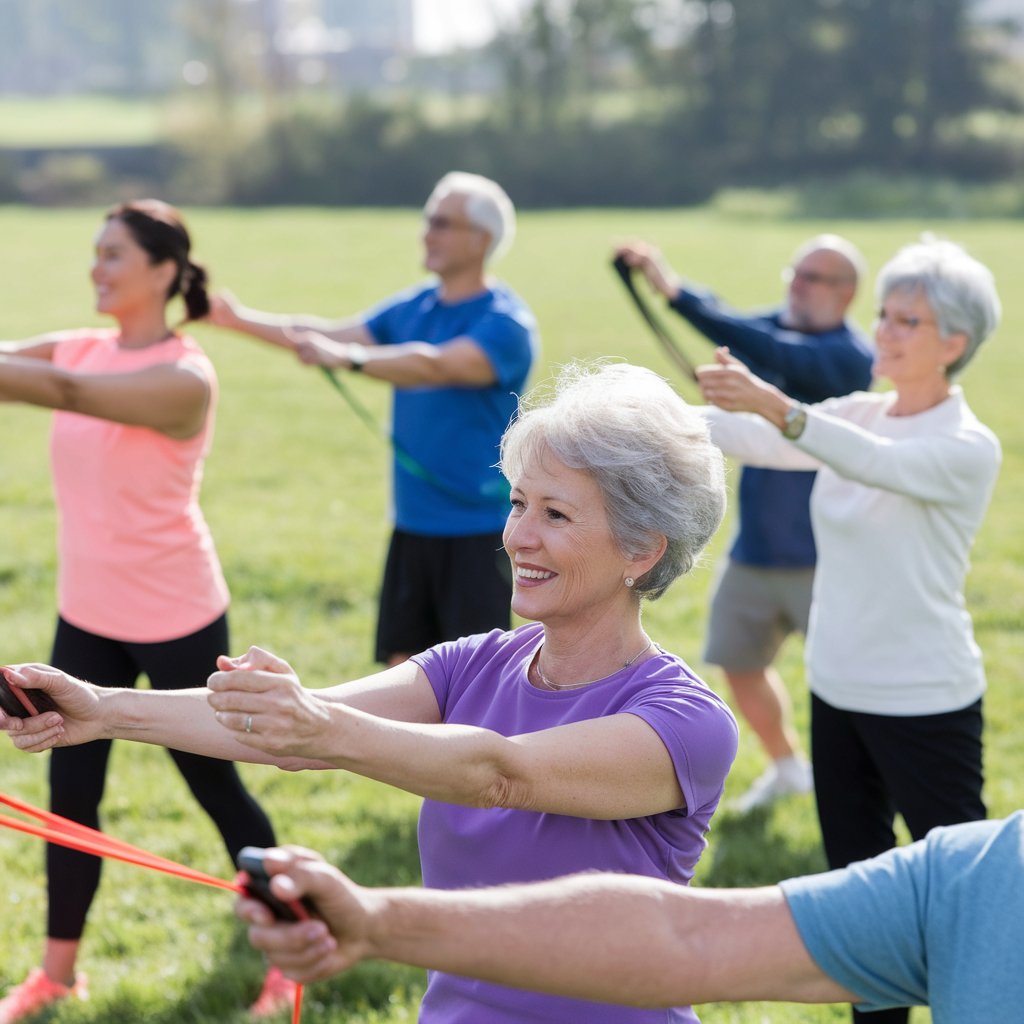
Joint Exercises: Revolutionize Your Pain-Free Mobility
Joint exercises are a crucial element in improving flexibility and alleviating discomfort, especially as we grow older. Understanding joint-friendly techniques can shift your perspective on fitness. Here, you will find valuable insights into effective practices, along with expert advice and research-backed strategies for maintaining optimal joint health. Let us explore how joint exercises can truly enhance your well-being.
Setting the Foundation for Joint Exercises and Health
Caring for your joints is key to overall wellness. By prioritizing joint function, you build a solid groundwork for an active lifestyle. Important factors in joint health include flexibility, strength, and stability, all of which can be developed through different joint exercises. These movements improve mobility while also playing a role in injury prevention and pain relief.
When thinking about joint exercises, starting with low-impact movements is essential. Activities like swimming and cycling gently warm up the joints, preparing them for more intense workouts. Incorporating stretches tailored for your joints, such as hip flexor or shoulder stretches, can boost flexibility and ease tightness. Consistency matters. Engaging in joint exercises several times a week can lead to lasting improvements.
Investing a bit of time in joint exercises can yield great benefits. Research indicates that staying active regularly can lower the risk of joint-related issues as we age (see more in the exercise routines for optimal aging). Actively managing your joint health opens doors to a more lively and mobile future. Taking these steps today not only equips your joints for future challenges but also enhances your overall physical health.
Joint Exercises for All Ages and Stages of Life
Joint exercises are beneficial for individuals at any age. Participating in these activities not only increases mobility but also fortifies muscles and joints. As we age, keeping joints flexible becomes crucial for maintaining a good quality of life. Regardless of whether you are a lively teenager or an experienced senior, weaving joint exercises into your routine proves advantageous.
Joint exercises typically include various low-impact activities like stretching, resistance training, and balance exercises. Regular practice can help preserve joint integrity and fend off conditions, such as osteoarthritis. For instance, studies reveal that a well-structured flexibility program can greatly assist individuals with existing joint discomfort. Introducing movements designed for specific joints can enhance overall health and mobility.
Moreover, personalized evaluations can significantly boost the effectiveness of your joint exercise regimen. By taking individual needs into account, trainers can craft programs that target specific concerns or limitations. Sports journals often emphasize that these assessments help identify weaknesses, ensuring you focus on the right exercises. This is where platforms like MetersFit shine; they offer thorough assessments tailored to your fitness levels.
Recognizing the distinct requirements of your joints is essential. Exploring joint exercises can play a major role in nurturing lasting wellness, regardless of your age or experience. For more insights on refining your routine, check out this article on optimal aging exercises.
Step-by-Step Guide to Effective Joint Exercises
Adding effective joint exercises into your routine is vital for sustaining mobility and minimizing discomfort. Participating in these exercises boosts flexibility, strength, and stability in your joints. Here is a step-by-step guide to seamlessly weave these essential movements into your workouts.
Start by warming up. Just five to ten minutes of light cardio can prepare your body. Once warmed up, begin with gentle stretching. Pay attention to your major joints, including shoulders, hips, and knees. This will loosen muscles and enhance the effectiveness of joint exercises.
Next, explore various joint exercises, like shoulder and hip circles. Gradually increase the size of each circle to encourage full range of motion. For your knees, heel raises can help build strength in the muscles that support them. A simple calf raise also supports ankle mobility.
Another great exercise is the seated leg extension. While sitting, extend one leg straight out, hold it for a few seconds, then lower it. This move strengthens the quadriceps and stabilizes the knee joint.
Always listen to your body. Carry out each repetition with care and skip any movements that cause pain. A structured approach will aid you in tracking your progress over time.
To uncover how these exercises boost joint health, delve deeper into this resource on maintaining flexibility as you age through organized routines and insights.
Optimizing Results Through Data-Driven Insights for Joint Exercises
Utilizing data-driven insights is crucial for maximizing your fitness journey, particularly concerning joint exercises. With the advancement of fitness technology, monitoring your performance and tracking improvements has never been easier. Whether you aim for better flexibility, mobility, or strength, utilizing platforms like MetersFit can provide a customized experience.
Capturing data while performing joint exercises helps pinpoint which movements offer the best results. Logging metrics such as range of motion, frequency, and intensity encourages accountability. These specifics unveil trends and areas requiring attention, helping you make adjustments that enhance benefits. For example, if you observe stagnant knee flexibility, consider introducing targeted stretches or mobility drills.
The value of consistent feedback is immense. By routinely reviewing your progress, you can make informed choices about your exercise routine. Data enables you to modify your plan based on actual results. Research published in the Journal of Orthopaedic & Sports Physical Therapy indicates that diligent monitoring leads to better outcomes in joint health (source: functional exercises for older adults).
Incorporating data-driven insights into your experience with joint exercises deepens your understanding of how your body reacts. Tracking shifts over time not only enhances motivation but also ensures that your efforts promote pain-free mobility and long-lasting health benefits.
Sustaining Long-Term Mobility Through Joint Exercises
Participating in joint exercises is essential for maintaining and enhancing mobility. They play a vital role in keeping our joints flexible and strong. To ensure lasting mobility, consistency is key. By prioritizing joint exercises, you create a routine that supports joint health and overall bodily function.
To effectively integrate joint exercises into your life, start with movements engaging multiple joints at once. These exercises not only fortify the joints but also enhance coordination and balance. Activities such as squats, lunges, and gentle yoga poses can be beneficial while improving flexibility. It is important to approach these movements mindfully, concentrating on proper technique and gradual progress.
Additionally, understanding the significance of rest and recovery is crucial. Allowing your body to recuperate contributes to maintaining joint health. Embracing low-impact activities like swimming or cycling ensures your joints stay active without overexerting them.
Making joint exercises a regular fixture in your routine can profoundly influence your mobility over the long haul. When paired with a nutritious diet rich in omega-3 fatty acids and antioxidants, you actively nurture your health. Studies highlight that a well-balanced diet also supports joint well-being. For a more in-depth exploration of how nutrition impacts fitness, check out this piece on nutrition in fitness. By adopting these habits now, you set the stage for a more agile and dynamic future.
Final words
Joint exercises play a vital role in enhancing health and reducing pain. Embrace personalized strategies with MetersFit, grounded in scientific insights. Don’t wait! Join the waitlist at https://metersfit.com/waitlist/ to tap into your physical potential and start noticing results today.


